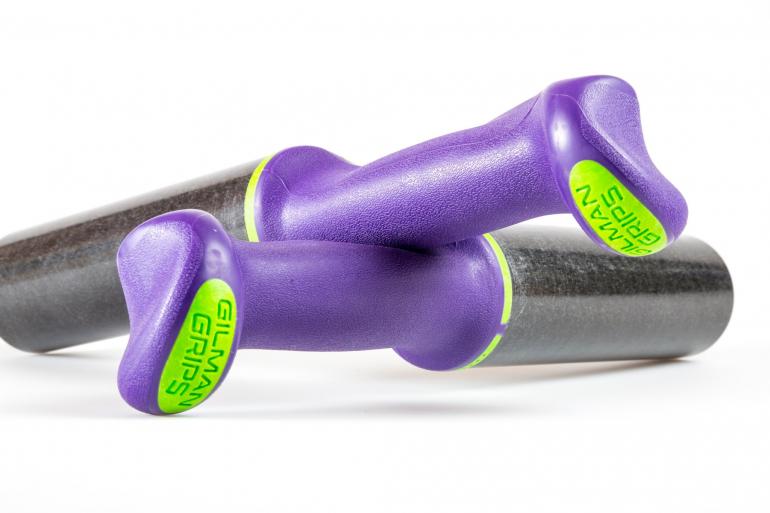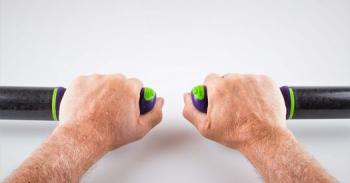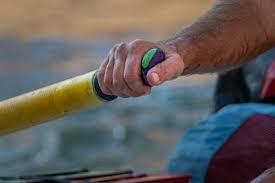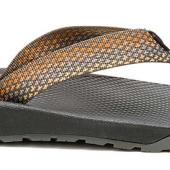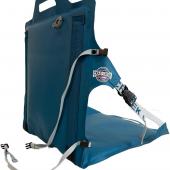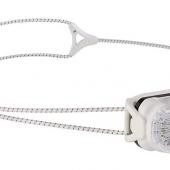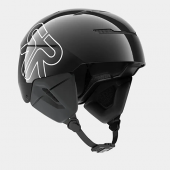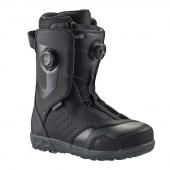Review: Gilman Grips
I’ll be the first to admit, I was leery when I first looked at the Gilman Grips. Their claim that they would improve my rowing and that I’d be able to get rid of the oar-rights I’d been using for years, well that just sounded crazy. It was also quite a process to change my current oar handle over to the Gilman Grip. All said, I was less than enthusiastic about jumping on board, but after a conversation with the creator, Jeff Gilman, I was intrigued enough to give them a try.
Jeff explained that the Gilman Grips were designed based on a concept already employed with kayak and canoe paddles. He created ergonomically correct handles with built-in counterbalance for both the right and left oar. The counterbalance keeps your arms from getting tired because you’re not fighting the entire weight of the oar and blade all day. The grips fit tightly into the palm of each hand, and you lock them in place with your thumb. Now, instead of round handles that can rotate in your hand while you’re in the middle rowing, the oar is locked in, with the blade at the correct angle, giving you consistent power and the ability to adjust quickly.
My first trip out with the grips was on a slow bony river at low flows. The challenge wasn’t whitewater, it was avoiding bouncing like a pinball between exposed boulders. After a couple of user errors (or maybe not trusting the oar), I was able to easily avoid rocks and walls, and at the end of the day, my arms were no worse for the wear. The next trip out was Yankee Jim. Even in low water, there were plenty of features to avoid, plus a couple of rapids. Once again, the oars intuitively stayed in the best positions for working the river. I’ve also noticed that my forward oaring has more power than when I use oar-rights, meaning I can both pull and push to navigate the river effectively.
Available online for $100. Gilman Grips are compatible with most oars, but if you’re getting new Sawyer oars, the grips can simply be added to your purchase.



